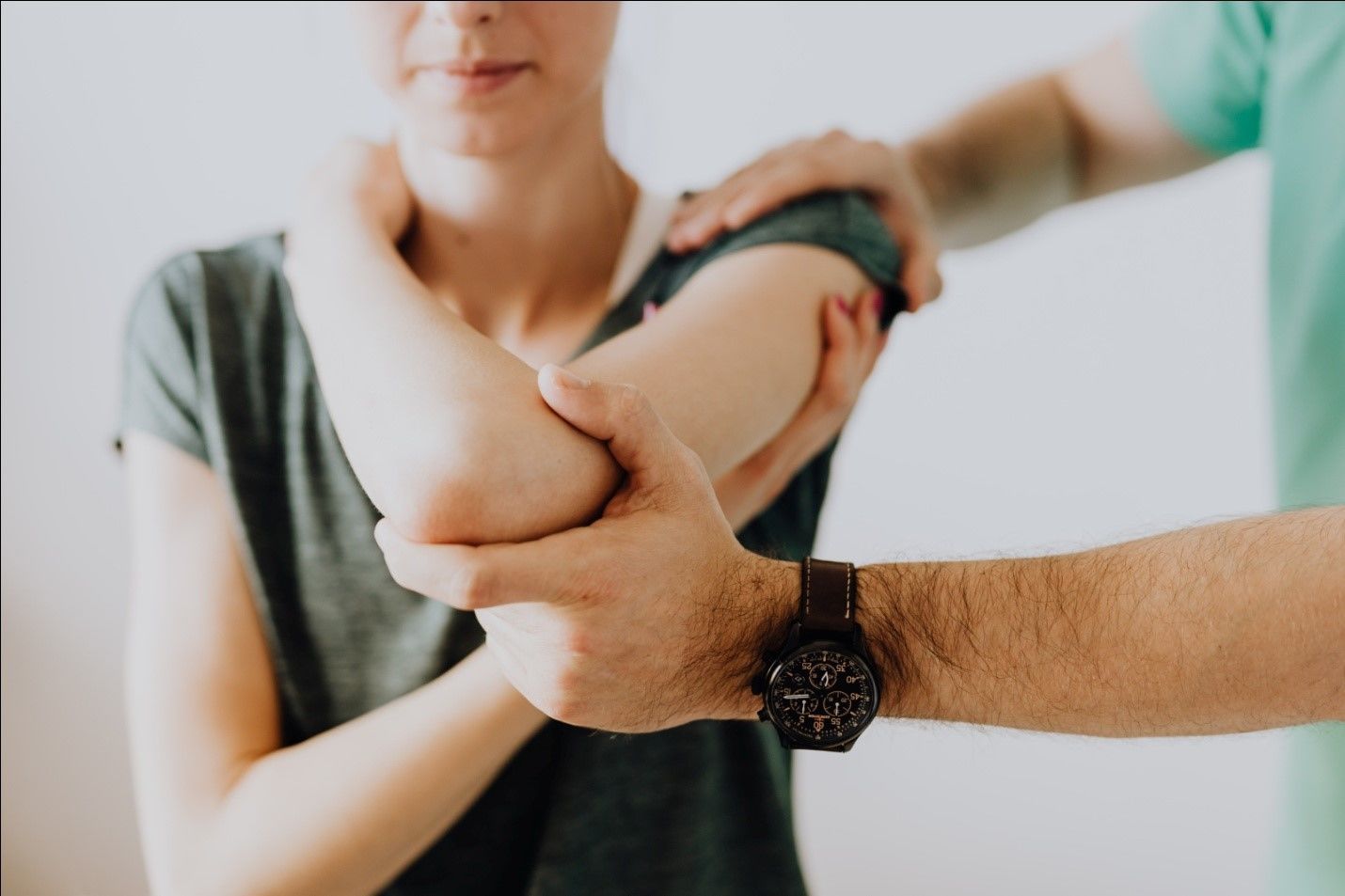You can say that the human body is a complexly designed machine. It is made up of interconnected and sturdy tissues, ligaments, joints, and bones that allow movement. However, when the tough, elastic-like bands known as ligaments are injured due to over-use or inappropriate movement, it can lead to a sprain.
While ankle sprains are most common, sprains of the wrist, knee, elbow, and thumb are not unusual, especially on the playing field. If you experience a sprain, it is important to take care of your sprain before you see a massage therapist.
Here is a self-care guide to taking care of a sprain.
R.I.C.E Approach – A Self-Care Guide to Taking Care of a Sprain Before You See a Massage Therapist
Rest
If you experience a sprain while playing a sport, perhaps the most critical thing to do is to rest. Stop whatever you were doing and give your injured area complete rest for at least 48 to 72 hours. Ensure you do not put any weight on your injured area during this time. Moreover, you can also use a splint or a brace to restrict the movement of the injured area.
Ice
Another integral part of taking care of your sprain is to use a cold compress. You can use a cold pack or soak your injured area in a slush bath to relieve swelling following an injury. Make sure you use a cold pack for at least 15 to 20 minutes, three to four times a day for the first 48 hours. During the initial state of the injury, the use of a cold compress will help reduce swelling and facilitate the healing process.
However, it is important to know that you should not be using the cold compress for too long as the use of ice directly or for too long can lead to tissue or skin damage.
Compress
The third critical aspect of taking care of a sprain is the use of an elastic wrap or bandage. The elastic compression helps reduce the swelling and ensures that the injured area stays protected.
Elevate
Lastly, you should keep your injured area above your heart. Keeping the injured area above your heart most of the time can prevent and limit swelling and facilitate the healing process.
Sprains can take several days to even months to recover, so apart from the R.I.C.E approach, you may also need to take over-the-counter pain relievers to manage your sprain during the initial few days.
If you continue to experience intense pain or the swelling does not subside within two to three days, it is important to see a massage therapist or doctor to rule out the possibility of a fracture.
Learn more about taking care of sports-related injuries here.

